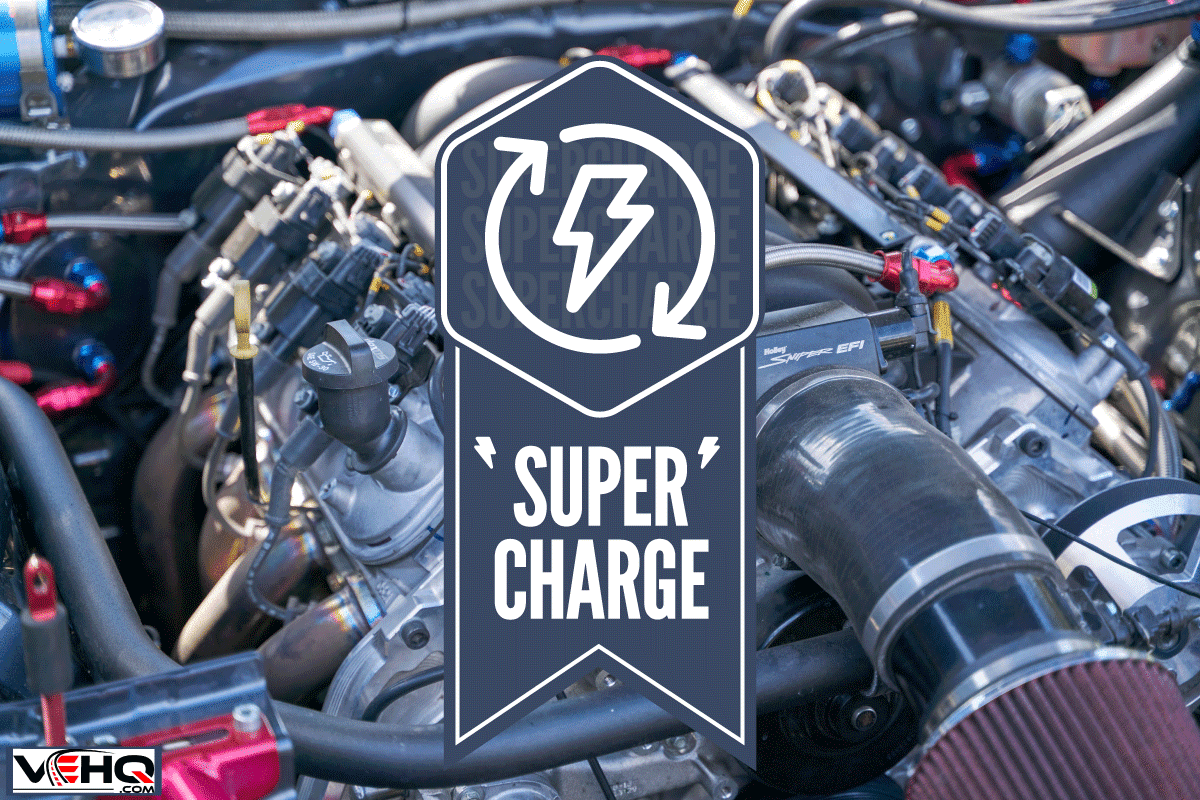When exploring the realm of diesel performance, one question frequently arises: can you supercharge a diesel engine? This inquiry delves into an intersection of engineering marvel and raw power, unfolding a narrative that promises to shift your perspective on diesel engines and their capabilities. Historically, supercharging has predominantly graced the domain of gasoline engines, where the need for additional airflow to enhance performance is clear. However, a growing number of enthusiasts and engineers are beginning to wonder, could the same principle apply to diesel?
To answer this, it’s pivotal to understand the inherent differences between diesel and gasoline engines. Diesel engines operate on the principle of compression ignition, utilizing the heat generated from compressing air to ignite the injected fuel. This mechanism inherently grants them superior torque and efficiency, making them ideal for heavy-duty applications. Conversely, gasoline engines rely on spark ignition, which can create a more immediate throttle response but typically lack the torque characteristics that diesel engines showcase.
Now, let’s delve into supercharging. A supercharger is a mechanical component driven by the engine’s crankshaft that compresses air before it enters the combustion chamber. The notion behind this is simple: by forcing more air into the engine, you can burn more fuel, resulting in an increase in power output. For gasoline engines, the benefits are often straightforward and understood. Diesel engines, however, present a unique set of challenges and advantages regarding supercharging.
One of the fundamental aspects to consider is the environment in which diesel engines thrive. Diesel naturally enjoys a high level of efficiency, producing more energy per liter than gasoline. When supercharging is introduced, the potential for even greater efficiency emerges, but only under the right configurations. The key lies in the method used for supercharging. Two primary forms exist: centrifugal and positive displacement superchargers. Each has its own merits and operational characteristics that influence performance outcomes.
Centrifugal superchargers work on a principle of increasing air pressure via a high-speed impeller, thus boosting airflow into the engine. They’re typically more suited for applications requiring higher RPMs, making them a popular choice in performance vehicles. However, diesel engines generally operate at lower RPMs, which raises concerns about compatibility. In contrast, positive displacement superchargers guarantee a consistent boost across the entire RPM range, providing torque at low speeds—an indispensable factor for heavy-duty applications.
The prospect of supercharging a diesel engine transcends mere horsepower augmentation. Enhanced airflow can lead to improved combustion efficiency that—notably in performance setups—can extend the life of engine components. However, it is essential to recognize the balance between performance and engine durability. The introduction of supercharging necessitates rigorous engineering considerations to maintain optimal performance without incurring undue wear and tear on components.
Venturing into the realm of modifications, many diesel enthusiasts have begun experimenting with hybrid systems, incorporating both supercharging and turbocharging. Turbocharging remains a staple in diesel performance enhancement due to its ability to reutilize exhaust gases to compress incoming air. When integrated with a supercharger, this hybrid approach can create a powerband that is both broad and potent. By maintaining considerable torque at low end and impulsive power at high RPM, drivers can experience an exhilarating blend of performance across the full spectrum of driving conditions.
Yet, one must not overlook the intricacies of tuning involved with supercharging a diesel engine. The heart of any modification lies in a meticulously crafted engine management system. Supercharging changes the dynamics of air and fuel mixture, demanding fine-tuning of engine parameters—such as fuel injection timing and boost pressure—to prevent catastrophic failure. Ignoring these nuances can lead to engine knock, excessive heat, or even mechanical failure. Consulting with experts in the field is crucial when embarking on this engineering venture; their insights can help transform potential pitfalls into powerful performance gains.
One of the most compelling aspects of supercharging a diesel engine is its potential to redefine conventional power potential and reshape user experiences. For those who rely on diesel engines for tasks ranging from towing to off-roading, tapping into supercharged capabilities can vastly improve utility. However, the realism of these modifications often brings with it questions of practicality and longevity. The potential for increased performance should always be weighed against factors like maintenance costs and the overall lifespan of the vehicle.
In summary, the inquiry of whether one can supercharge a diesel engine is not merely a technical question—it embodies a broader dialogue regarding the evolution of diesel technology. As innovations continue to burgeon, so too does the potential for diesel applications to blend seamlessly with modern performance enhancements. This intersection of tradition and cutting-edge engineering isn’t just about more power; it’s an invitation to challenge preconceptions, explore new frontiers, and potentially, revolutionize how we perceive diesel engines.
Ultimately, the pursuit of supercharging a diesel engine may reveal deeper insights into the potential of diesel technology, opening doors to possibilities previously thought unattainable. It’s time to embrace a shift in perspective and illuminate the paths that innovative engineering might lead us down, exploring the illustrious future of diesel performance.
